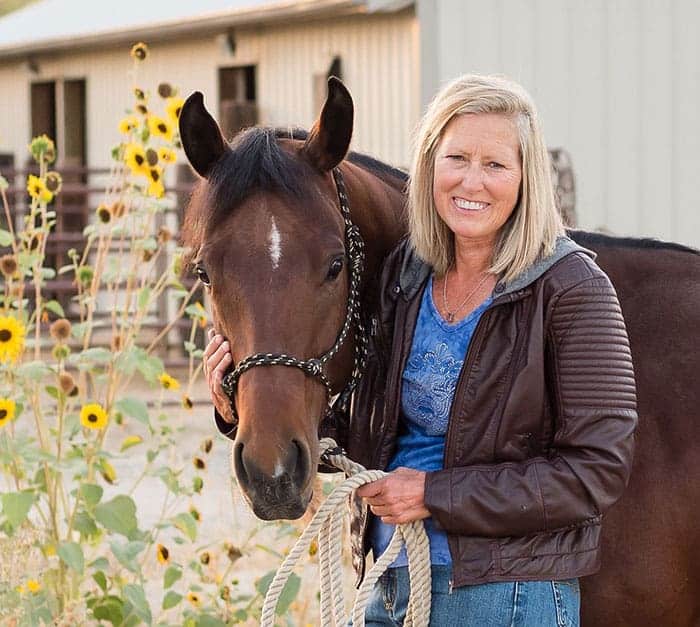Mud Management 102: Paddock Footing
- Posted by Alayne Blickle
Mud = yuck! At this time of the year mud becomes a common occurrence in many horse paddocks until summer when things dry out. If mud is an issue on your horse property you may be under the impression that it is an unavoidable part of having horses. But it doesn’t have to be! There are simple changes you can make to reduce or even eliminate mud on your property.

In a previous post, Mud Management 101, I talked about gutters and downspouts as your first line of attack in reducing mud Ð keeping clean rainwater clean and not allowing it to mix with manure and dirt in the confinement areas. The next step for getting a handle on mud issues is to use some sort of footing in paddocks and other high traffic areas such as watering points and gates. The purpose for the footing is to build up the area to keep horses up out of dirt and allow rainwater to drain through. Less mud equals less chance of nutrients and sediments running off and polluting surface waters, too. Footings, such as hogfuel (chipped or shredded wood products), gravel (crushed rock) or coarse sand can go a long way in reducing mud. Gravel and coarse washed sand are probably the most useful and most available.
Gravel (crushed rock, no larger than 3/4″) anything larger will be uncomfortable for horses to stand on) is a good footing to consider. It won’t break down like wood products do so you don’t have to replace in yearly, plus it drains well. You can get it with the fines (often called the “minus”) which will help it bind together and lock in place. Coarse washed sand also works well. It drains better and is less dusty than finer varieties. Be careful to avoid feeding horses on any type of sand as ingesting sand or dirt particles with hay can result in sand colic, a serious digestive disorder.
Use at least three inches of footing but more is better when it comes to footing. If you already have a lot of mud you may want to either remove some of the existing mud or plan to put footing in at least a 1:1 ratio (for example, if you have about six inches of mud each year you’ll need at least six inches of footing
Create a free account with TheHorse.com to view this content.
TheHorse.com is home to thousands of free articles about horse health care. In order to access some of our exclusive free content, you must be signed into TheHorse.com.
Start your free account today!
Already have an account?
and continue reading.

Written by:
Alayne Blickle
Related Articles
Stay on top of the most recent Horse Health news with















5 Responses
For most arenas, topsoil, footing, and base layers all become compacted over time. This is because the more often the area is used, experiences difficult weather, and simply ages over time, the more different layers of your arena bleed into one another. This makes all layers less effective.
Hi Tim, thanks for your question! It looks like the measurements weren’t displaying correctly, but we’ve corrected that in the text above. // Jennifer Whittle, TheHorse.com Web Producer
What is the largest comfortable size? All I see in Windows, on a MAC, on my phone is “no larger than _”Ñanything larger”.
re: Mud Management 102: Paddock Footing
We are having a major MUD problem in the corral. I noticed one person mentioned using "Landscaping Fabric" beneath the coarse sand, after removal of the mud. How does the fabric hold up to hoof prints, thru the sand?
My need is immedia
re: Mud Management 102: Paddock Footing
This cracks me up! Look at the pictures..mud equals a warm up. frozen mud equals frost cold 20 degree morn. I live in Michigan and we have some mud issues too but not as bad as some places I’ve seen. We made sure our loafing shed was on the highe